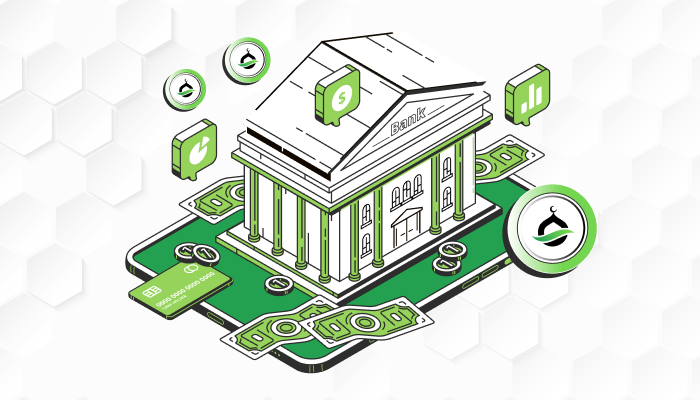
Central banks are exploring the potential of introducing their own digital currencies by utilizing the blockchain technology. This move is being considered in response to the limitations of traditional payment systems, which have been highlighted by cryptocurrencies. This article will provide an in-depth look into CBDCs and cryptocurrencies, comparing and contrasting their features, exploring the possibilities, and analyzing potential threats.
Central Bank Digital Currencies Explained
A Central Bank Digital Currency (CBDC) is a type of digital currency that is issued and managed by a central bank, using blockchain technology. It is a legal tender and can be used as a means of payment for transactions, just like physical currency. The primary aim of CBDCs is to improve payment systems within a country by addressing inefficiencies.
At present, many CBDCs are in the planning phase, leaving us to speculate on their potential operations (especially cross-border) and the degree of authority central banks will assert.
Exploring the Varieties of CBDCs
Currently, two primary categories of CBDCs exist: wholesale and retail, based on their target users, be it financial institutions or the general public.
- Wholesale CBDCs cater to financial institutions for facilitating inter-bank transactions.
- Retail CBDCs, on the other hand, are designed for common, everyday transactions like purchasing goods or transferring money. It is expected that retail CBDCs will coexist with cash and conventional bank accounts. However, it is still early to assess their influence on traditional banking systems.
Evaluating the Pros and Cons of CBDCs
CBDCs promise significant changes in the financial ecosystem, but it’s too early to tell if the overall impact will be beneficial for society. Here are some potential advantages and disadvantages.
Advantages
- Elimination of Third-Party Risks: CBDCs rely on the stability of the central bank, unlike traditional finance that depends on commercial banks.
- Cost Savings: Direct interaction between central banks and the public may eliminate costly banking infrastructure, thereby reducing transaction costs.
- Financial Inclusion: CBDCs have the potential to introduce a financial system that simplifies access to financial services.
Drawbacks
- Loss of Privacy: CBDC transactions require extensive personal data. Central banks will monitor for fraud and verify transaction legality, potentially giving the government access to personal financial data.
- Government Control: Governments could potentially use CBDCs to enforce certain behaviors in line with policy, such as restricting the purchase of specific goods or services.
- Centralization Risk: Central banks’ sole control over the digital currency can create a single point of failure, making the economy susceptible to potential hacks.
The Controversy Behind CBDCs
One of the significant drawbacks of traditional finance is the control that intermediaries like banks exert over transactions. CBDCs could potentially extend this control, giving the government direct access to everyone’s financial data. Furthermore, the programmable nature of CBDCs could allow the government to incentivise or discourage certain behaviours directly.
For instance, it could obstruct citizens from purchasing items like alcohol or tobacco, should the government want to curtail consumption. Such access and control could be abused, causing an outcry for privacy and against governmental intrusion and surveillance. Indeed, should this become reality, CBDCs would only augment this controversy.